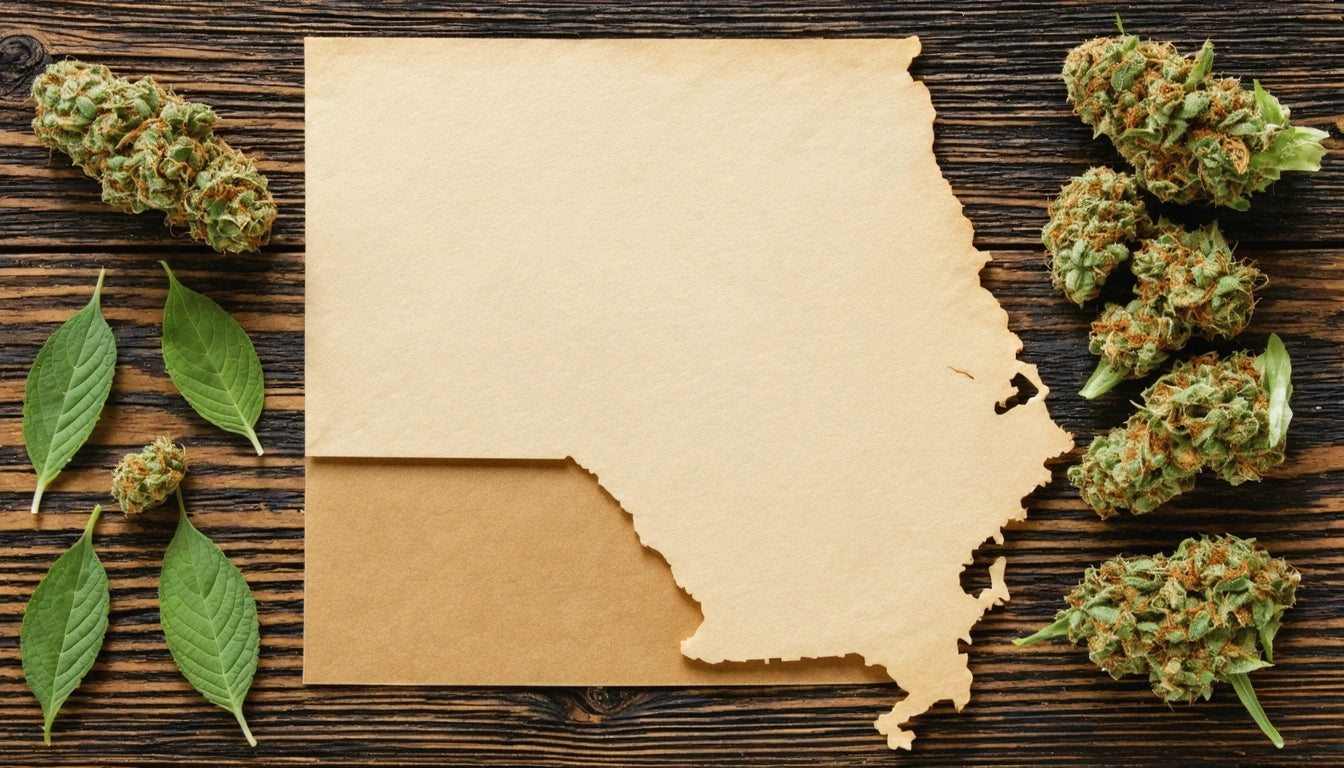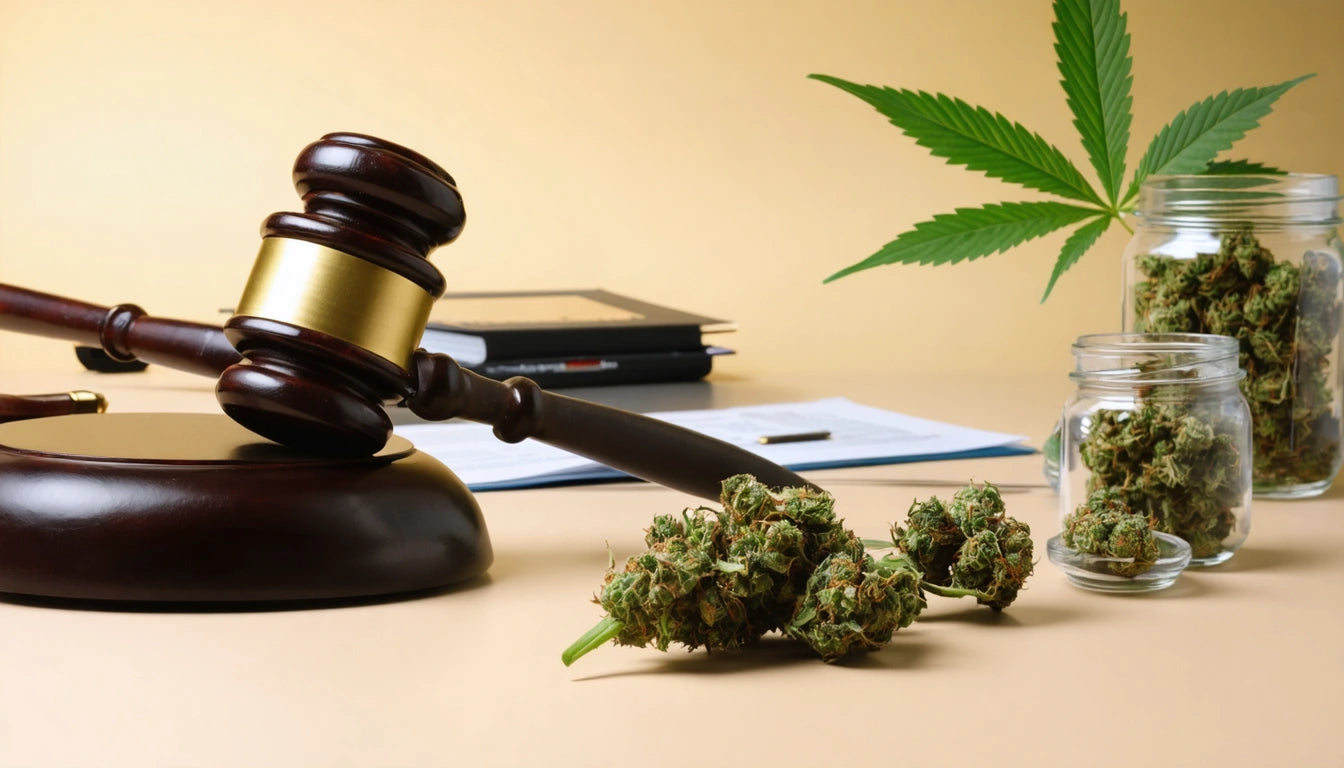Table of Contents
- Cannabis Leaf Basics: Structure and Function
- Leaf Count and Development Through Growth Stages
- Factors Affecting Cannabis Leaf Count
- Identifying Cannabis Plants by Leaf Characteristics
- Male vs. Female Cannabis: Leaf Count Differences
- Common Questions About Cannabis Leaf Count
- Optimizing Cultivation Practices Based on Leaf Characteristics
Understanding the Leaf Count of Cannabis Plants: A Guide to Weed Leaf Characteristics
Cannabis plants display remarkable diversity in their leaf structure and count throughout their lifecycle. Understanding how many leaves a weed plant has helps cultivators monitor plant health, identify strains, and optimize growing conditions. This comprehensive guide explores cannabis leaf characteristics, addressing common questions about leaf count variations across different growth stages and plant types.
Cannabis Leaf Basics: Structure and Function
The iconic cannabis leaf is a compound leaf, meaning it consists of multiple leaflets attached to a single stem or petiole. These leaflets radiate outward in a palmate arrangement, creating the distinctive fan-like appearance associated with marijuana plants. Each leaflet features serrated edges, which vary in sharpness depending on the strain.
Cannabis leaves serve several vital functions:
- Photosynthesis: Converting light energy into chemical energy
- Transpiration: Regulating water movement and temperature
- Storage: Holding nutrients and water reserves
- Protection: Shielding the plant from environmental stressors
Leaf Count and Development Through Growth Stages
The number of leaves on a weed plant varies significantly throughout its lifecycle. Understanding cannabis plant growth stages helps explain these variations:
Seedling Stage
When cannabis first germinates, it produces a pair of rounded cotyledons, which aren't true leaves. The first true leaves emerge next, typically with just 1-3 leaflets per leaf. At this stage, a seedling might have only 2-6 total leaves.
Vegetative Stage
As the plant enters vegetative growth, leaf production accelerates. New leaves develop more leaflets, with mature fan leaves displaying 5-9 leaflets each. A plant in mid-vegetative stage can have anywhere from 10-50+ leaves depending on size and growing conditions.
Flowering Stage
During flowering, leaf production slows as the plant diverts energy to bud development. New leaves may have fewer leaflets (3-5) than those produced during peak vegetation. How many leaves a cannabis plant has during flowering depends on cultivation techniques, with some growers removing excess foliage to improve light penetration.
Factors Affecting Cannabis Leaf Count
Several factors influence how many leaves are on a weed plant:
Genetics
Different cannabis strains produce varying leaf counts and patterns:
- Sativa varieties typically develop more leaves with narrower leaflets
- Indica strains often have fewer, broader leaves with wider leaflets
- Ruderalis varieties generally produce fewer leaves overall
Environmental Conditions
Growing environment significantly impacts leaf development:
- Light intensity and spectrum affect node spacing and leaf production
- Temperature extremes can stunt leaf growth or cause premature leaf drop
- Humidity levels influence leaf expansion and transpiration rates
Cultivation Techniques
Growing methods directly affect leaf count:
- Training techniques like topping and LST increase branching and leaf production
- Defoliation practices reduce leaf count to improve airflow and light penetration
- When using specialized cannabis cultivation equipment for consistent plant management, growers can better control environmental factors that influence leaf development
Identifying Cannabis Plants by Leaf Characteristics
Leaf count and structure provide valuable identification markers:
Leaflet Numbers
The question of what weed has 5 leaves is common among new growers. While mature cannabis typically produces leaves with 5-9 leaflets, the exact number varies:
- Young plants and upper growth: 3-5 leaflets
- Mature mid-plant leaves: 5-9 leaflets
- Some sativa varieties: Up to 13 leaflets in ideal conditions
When wondering why does my weed plant only have 3 leaves, it's often because the plant is still young or because new growth naturally begins with fewer leaflets. As identifying and recognizing weed plants becomes more familiar, you'll notice these patterns more easily.
Look-alike Plants
Several plants resemble cannabis but can be distinguished by careful leaf examination. Japanese maple, sweet potato, and cassava plants all have palmate leaves that might be confused with cannabis at first glance. Understanding plants that resemble cannabis helps avoid misidentification.
Male vs. Female Cannabis: Leaf Count Differences
When comparing how many leaves does a female weed plant have versus a male plant, the differences are subtle but notable:
Female Plants
Female cannabis plants typically develop:
- More abundant foliage overall
- Slightly closer node spacing, resulting in more leaves per height
- Bushier growth pattern with more secondary branching
Male Plants
Male plants generally have:
- Fewer leaves and less dense foliage
- Longer internodal spacing
- More vertical growth with less lateral branching
The question of how many leaves does a male weed plant have doesn't have a fixed numerical answer, but males typically produce 15-30% fewer leaves than females of the same strain and age.
Common Questions About Cannabis Leaf Count
5 Leaf vs. 7 Leaf Weed: What's the Difference?
The distinction between 5 leaf vs 7 leaf weed often relates to:
- Maturity: Younger plants produce leaves with fewer leaflets
- Genetics: Indica-dominant strains may favor 5-7 leaflets, while sativas can produce 7-9+
- Position: Upper canopy leaves typically have fewer leaflets than mid-canopy leaves
Abnormal Leaf Counts
If you're wondering why does my weed plant only have 3 leaves when it should have more, consider these factors:
- Young plants naturally begin with 3-leaflet leaves
- Stress from temperature, lighting, or nutrients can reduce leaflet numbers
- Some autoflowering or ruderalis-influenced strains maintain 3-leaflet patterns longer
- Genetic mutations occasionally produce unusual leaf patterns
As plants mature and reach their growth potential, leaf characteristics typically normalize.
Optimizing Cultivation Practices Based on Leaf Characteristics
Understanding cannabis leaf count and characteristics enables growers to fine-tune their cultivation approach:
- Monitoring leaf development helps track plant health and detect issues early
- Leaf appearance indicates when to adjust nutrients, lighting, or environmental conditions
- Strategic defoliation based on leaf count and position can optimize how much weed one plant produces
- Recognizing normal vs. abnormal leaf patterns helps identify potential genetic or health issues
By paying attention to how many leaves are on a weed plant and their characteristics, cultivators can make informed decisions that improve plant health and yield potential while staying within legal growing limits.











Leave a comment
All comments are moderated before being published.
This site is protected by hCaptcha and the hCaptcha Privacy Policy and Terms of Service apply.